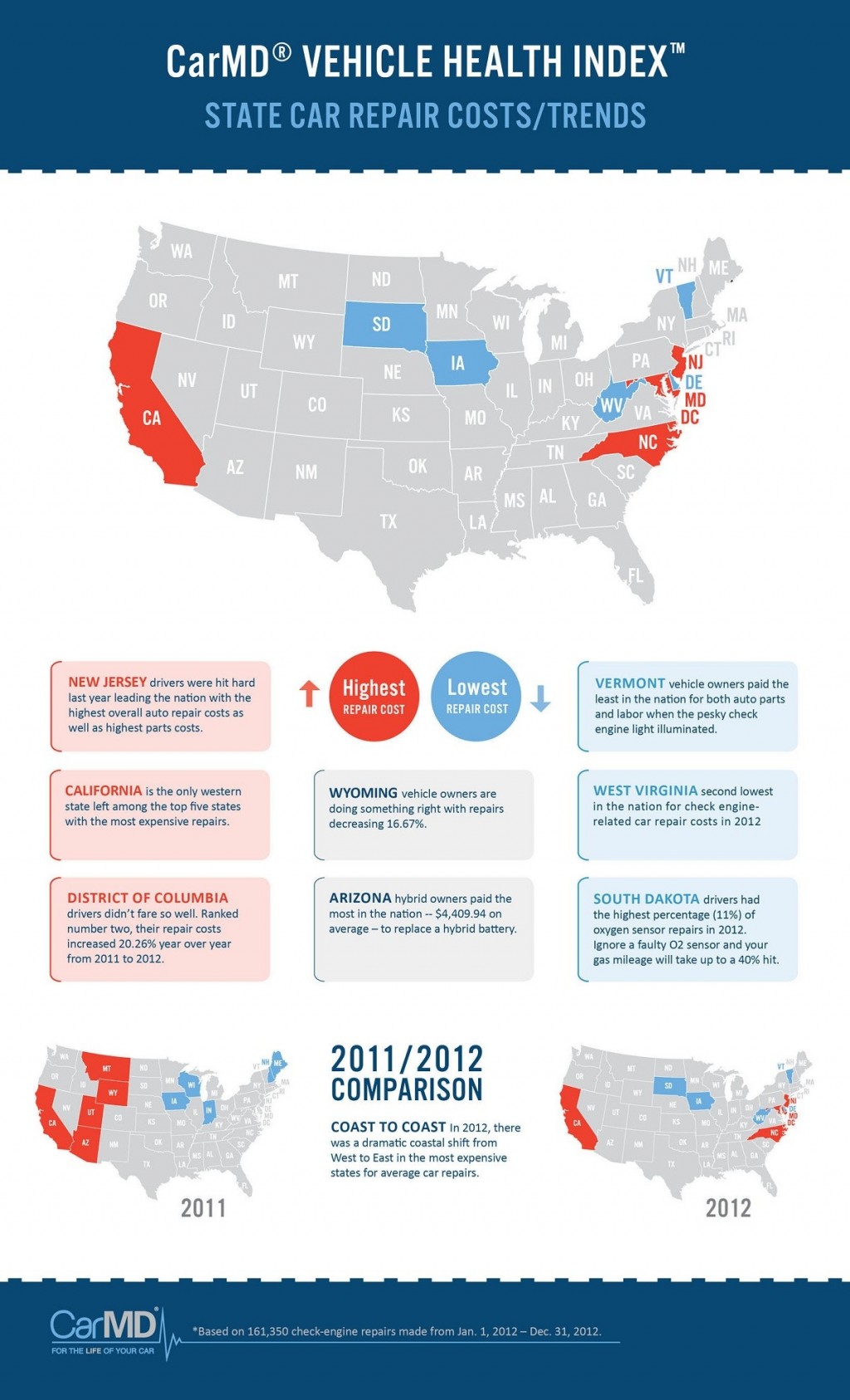A Beginner'S Handbook For Interpreting Your Automobile'S Alert Lights
A Beginner'S Handbook For Interpreting Your Automobile'S Alert Lights
Blog Article
Created By-Almeida Kemp
When you lag the wheel, those little caution lights on your vehicle's dashboard can be quite complicated. What do they indicate, and should you be worried? Understanding these signals is vital for your car's wellness, but it does not have to be a daunting task. By decoding the enigma behind each light, you'll be geared up to take care of possible concerns effectively and keep your auto running smoothly. So, following time a caution light flashes, do not panic - arm yourself with knowledge and take control of the circumstance.
Relevance of Cars And Truck Warning Lights
Comprehending the relevance of your vehicle's warning lights is crucial for preserving your automobile's health and wellness. These lights act as your automobile's interaction system, signaling you to potential concerns that might jeopardize your safety and security when driving or result in pricey fixings if disregarded. By focusing on these warnings, you can resolve troubles early and protect against additional damage to your automobile.
Disregarding alerting lights can cause significant effects, such as engine failure, brake breakdowns, or perhaps crashes. These lights are created to inform you of issues varying from low tire pressure to engine breakdowns, offering you the possibility to do something about it before the scenario gets worse. Consistently checking and recognizing these cautions can save you time, cash, and ensure your safety while driving.
Along with maintaining you safe, reacting immediately to alerting lights can additionally assist lengthen the lifespan of your auto. By dealing with problems beforehand, you can stop little issues from escalating into major fixings, eventually saving you time and money over time. Remember, your car's caution lights are there for a reason - don't ignore them!
Common Caution Lighting and Meanings
When it pertains to driving your vehicle, recognizing common warning lights and their meanings is vital for your safety and security and car maintenance. Here are a few common caution lights you may come across:
1. ** Check Engine Light **: This light suggests a problem with your engine. Maybe something minor like a loosened gas cap or something a lot more major like engine misfiring.
2. ** Battery Light **: This light signals a trouble with your vehicle's charging system. It could suggest a defective battery, alternator, or other associated elements.
3. ** Oil Stress Light **: When this light comes on, it suggests your engine might be running low on oil or experiencing low oil pressure, which can lead to engine damages if not attended to promptly.
4. ** Brake System Light **: This light shows a concern with your stopping system. It might suggest reduced brake fluid degrees or a problem with the brake system that requires prompt attention.
Recognizing these usual warning lights will certainly help you determine prospective concerns early and stop even more substantial problems later on.
Exactly how to Respond to Warning Lighting
In the event that a caution light brightens on your cars and truck's control panel, it's vital to respond without delay and appropriately. When a caution light begins, the first step is to consult your proprietor's manual to recognize the details concern indicated by the light.
Some lights call for prompt focus, while others may show a less urgent matter. If the warning light is red or blinking, it's normally an indication of a severe issue that needs immediate action. In such cases, it's a good idea to pull over securely, turn off the engine, and look for expert aid.
For yellow or orange warning lights, while they might not call for instant interest, it's still crucial to deal with the hidden concern promptly to stop more damage. Routine maintenance and examination can help stop advising lights from coming on all of a sudden.
please click for source
To conclude, comprehending your automobile's warning lights is vital for maintaining your car's health and safety. By routinely examining and responding to auto scratch repair , you can resolve possible concerns early and stop costly repairs or safety risks. Bear in mind to consult your owner's manual for information on different caution lights and always take prompt action for red or blinking lights. Remain positive and maintain your auto running efficiently!
